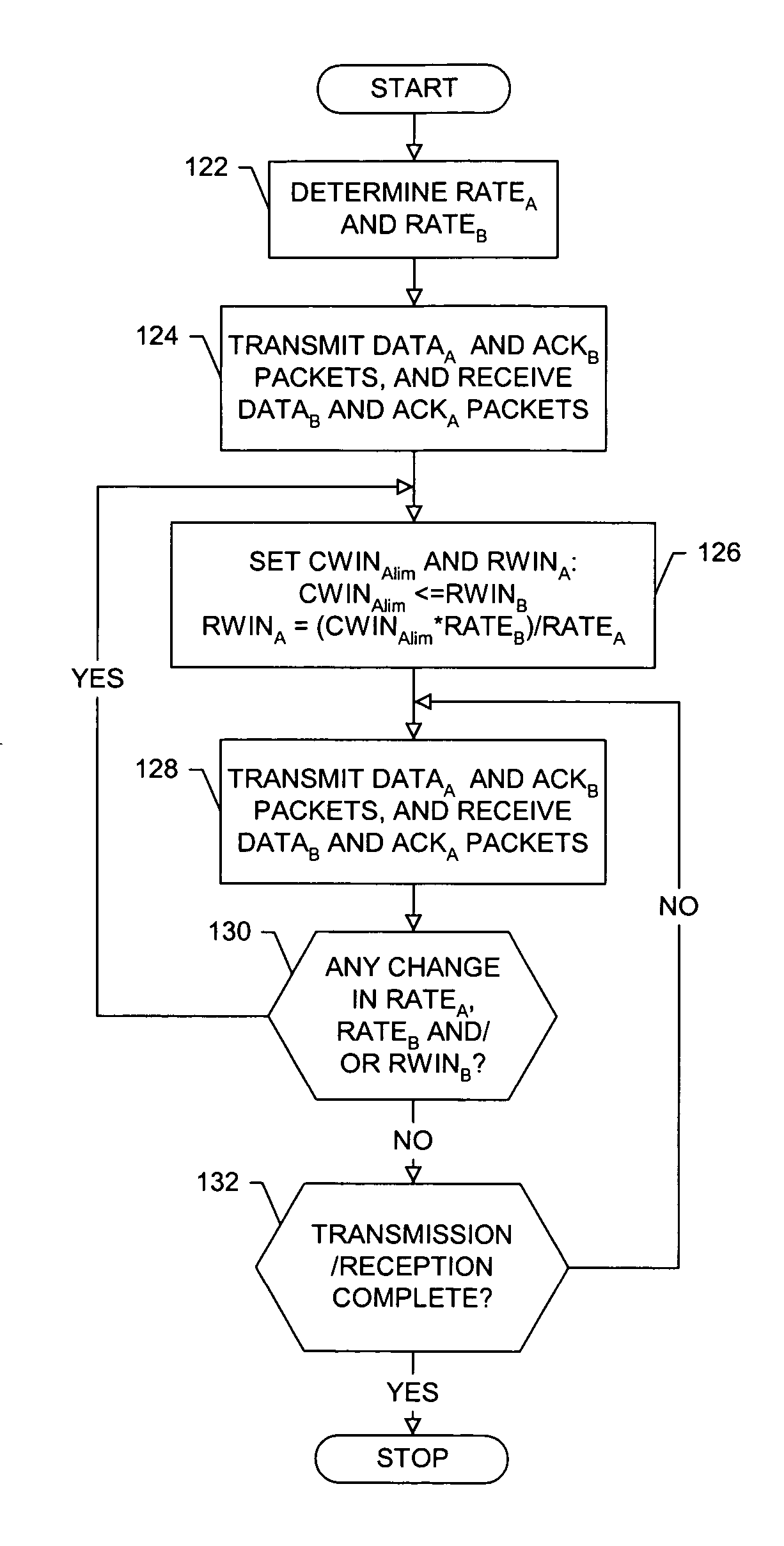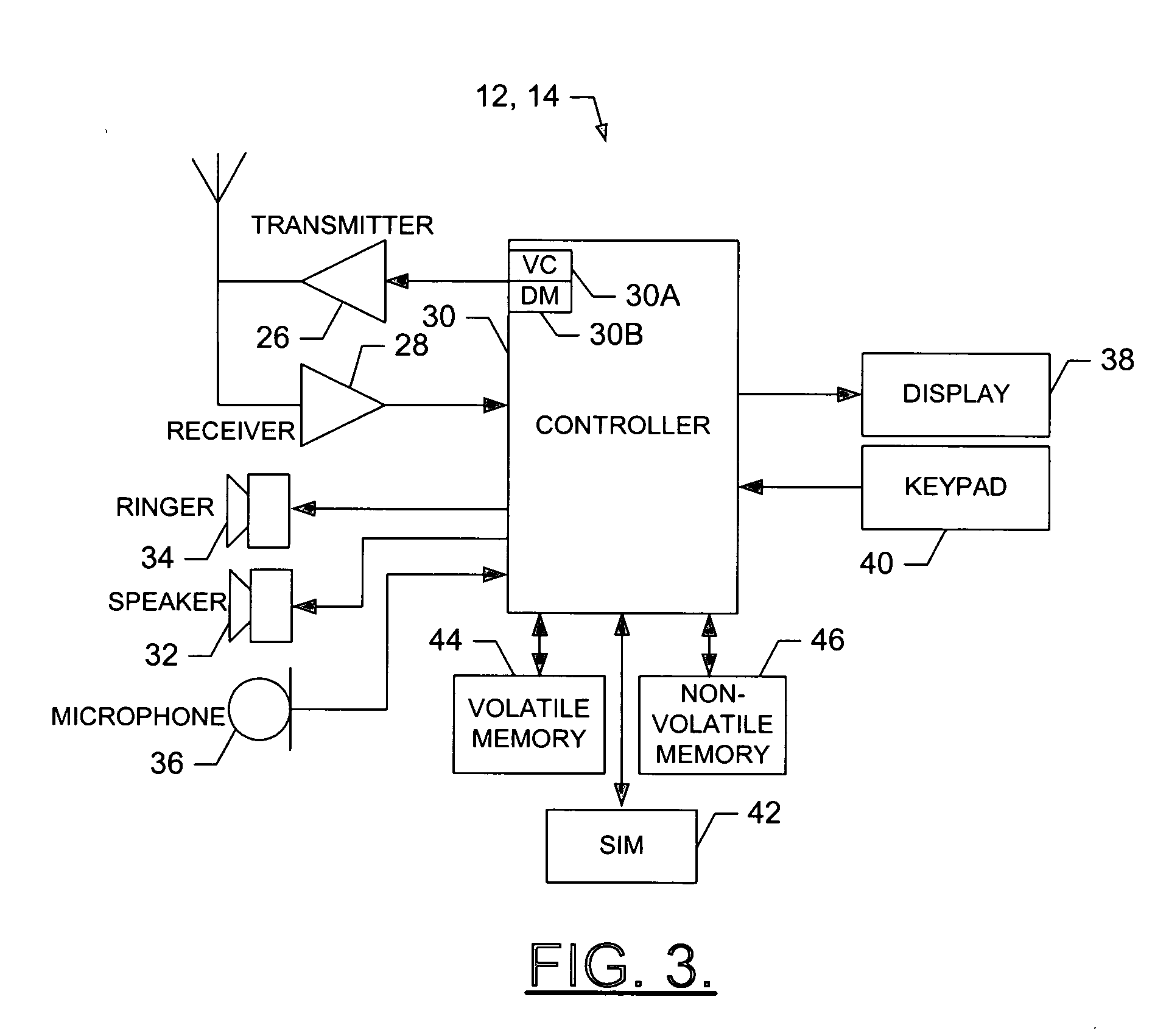System, method and computer program product for increasing throughput in bi-directional communications
a bi-directional communication and bi-directional communication technology, applied in the field of systems and methods of bi-directional communication between hosts with increased throughput, can solve the problems of increasing the port cost of routers, increasing the overhead of substantial latency, and more complex applications giving birth to new bandwidth bottlenecks, so as to reduce delay
- Summary
- Abstract
- Description
- Claims
- Application Information
AI Technical Summary
Benefits of technology
Problems solved by technology
Method used
Image
Examples
Embodiment Construction
The present invention now will be described more fully hereinafter with reference to the accompanying drawings, in which preferred embodiments of the invention are shown. This invention may, however, be embodied in many different forms and should not be construed as limited to the embodiments set forth herein; rather, these embodiments are provided so that this disclosure will be thorough and complete, and will fully convey the scope of the invention to those skilled in the art. Like numbers refer to like elements throughout.
Referring now to FIG. 1, a general system 10 is shown for bi-directional communications, according to embodiments of the present invention. The system generally includes two end points or hosts, namely a host A 12 and a host B 14. A host, including host A and host B, may be any device or entity capable of communicating with other hosts via the IP communications network. The hosts can communicate with one another in accordance with any of a number of different...
PUM
 Login to View More
Login to View More Abstract
Description
Claims
Application Information
 Login to View More
Login to View More - R&D
- Intellectual Property
- Life Sciences
- Materials
- Tech Scout
- Unparalleled Data Quality
- Higher Quality Content
- 60% Fewer Hallucinations
Browse by: Latest US Patents, China's latest patents, Technical Efficacy Thesaurus, Application Domain, Technology Topic, Popular Technical Reports.
© 2025 PatSnap. All rights reserved.Legal|Privacy policy|Modern Slavery Act Transparency Statement|Sitemap|About US| Contact US: help@patsnap.com



